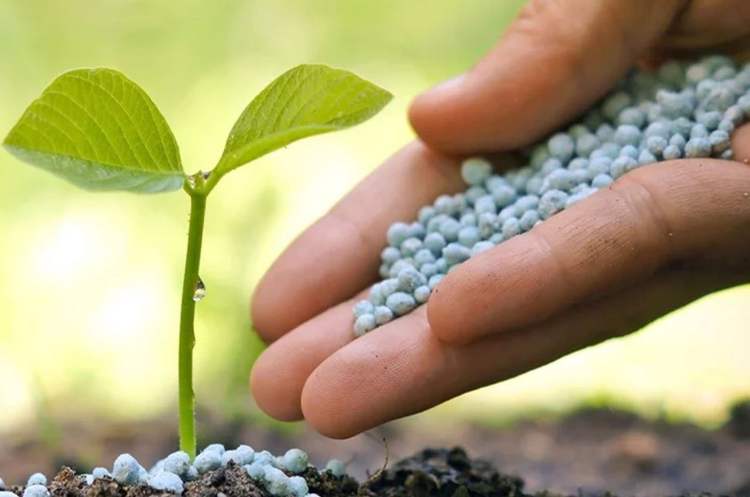India’s agricultural sector remains the backbone of the economy, providing livelihoods to millions directly and indirectly. Given its critical role, the government has repeatedly sought to support farmers through policy interventions and technological upgrades. The latest move in this direction came from Union agriculture minister Shivaraj Singh Chouhan, who has urged all states and union territories to take immediate action against the sale of substandard and fake fertilisers. His warning was blunt: without quality fertilisers, India’s agriculture-driven economy cannot sustain itself.
The proliferation of fake fertilisers is not new, but its scale and sophistication have increased alarmingly. These adulterated products not only fail to nourish crops but are also sold at inflated prices, pushing already burdened farmers deeper into debt. A 2015 study by FICCI estimated that more than 10 million tonnes of food production were lost in a single year due to the use of spurious pesticides—a figure that has likely grown since. States such as Karnataka, Haryana, Andhra Pradesh, Uttar Pradesh, and Madhya Pradesh were identified as the worst affected.
READ | PMFBY: Crop insurance scheme faces coverage crisis
The consequences are not limited to pesticides. Recent quality tests showed that 60% of samples of Diammonium Phosphate (DAP) fertiliser failed to meet required standards. While the government has floated plans to introduce barcoding on Single Super Phosphate (SSP)—a vital indigenous fertiliser and DAP substitute—implementation remains elusive.
A fertile ground for adulteration
The problem is no longer limited to sporadic instances. Last month, a sweeping crackdown by the Rajasthan government exposed a vast underground network manufacturing and distributing fake fertilisers across state lines. More than 30 units operating out of industrial hubs like Jaipur, Kishangarh, and Sriganganagar were found to be producing counterfeit products using marble slurry, stone dust, soil, and dyes to imitate branded fertilisers. Tonnes of IFFCO-labelled adulterated fertilisers were seized.
Investigators estimate that these operations were supplying over 200,000 fake fertiliser bags daily to Haryana, Punjab, Uttar Pradesh, and Bihar. Not only do such products destroy soil health and crop viability, but they also exploit the trust of thousands of unsuspecting farmers. The scale of the racket points to a systemic issue, with suspicions of official complicity in some regions. Similar reports of fake fertiliser units have emerged from Guntur in Andhra Pradesh, prompting local authorities to step up vigilance.
Tackling deceptive practices
Another worrying trend is the bundling of nano-fertilisers or biostimulants with conventional fertilisers—a practice referred to as “forced tagging.” These add-ons are often marketed deceptively, with little evidence of agronomic value. The agriculture minister has called for immediate action against such practices, including the cancellation of licenses and the filing of First Information Reports (FIRs). Crucially, he emphasised that prosecution must lead to convictions if deterrence is to be established.
To address the issue at the root, states have been asked to set up robust monitoring systems. These include regular sampling and quality testing, farmer-led feedback mechanisms, and awareness campaigns to help cultivators identify genuine products. A more transparent and responsive supply chain is critical to restoring trust.
Weak implementation of strong laws
The Fertiliser (Control) Order of 1985, under the Essential Commodities Act of 1955, provides a comprehensive legal framework to curb the sale of counterfeit agricultural inputs. But like many well-meaning Indian regulations, implementation remains patchy. Rajasthan Agriculture Minister Kirori Lal Meena has acknowledged this gap, noting that current laws are often ineffective in securing convictions or dismantling supply networks. Nevertheless, he remains hopeful that frequent raids and stricter enforcement could yield results.
At the national level, the Centre has announced plans to tighten laws governing pesticides and seed quality. Yet the enforcement deficit persists, driven by bureaucratic inertia, limited laboratory capacity, and weak coordination between central and state agencies.
Fake fertilisers: Global lessons, local solutions
India is not alone in battling the scourge of counterfeit fertilisers. Countries such as Kenya, Nigeria, and Pakistan face similar challenges and are experimenting with innovative solutions. In Nigeria, for example, mobile applications allow farmers to scan barcodes and verify product authenticity before purchase. In Vietnam, regulators have imposed stricter licensing norms for manufacturers and stepped up random checks on fertiliser consignments.
Such examples offer a useful roadmap for India. Barcoding and digital traceability could help build an auditable supply chain. Randomised quality audits and harsh penalties for violators would enhance deterrence. Public-private collaboration to monitor the market and educate farmers could go a long way in closing the information gap.
The battle against fake fertilisers is not merely a question of market discipline—it is a national imperative. It affects farm incomes, food security, and soil sustainability. In an era of rising climate uncertainty and growing population pressure, protecting agricultural inputs from adulteration is as important as investing in irrigation or crop insurance.
India’s farmers cannot be expected to shoulder this burden alone. The responsibility lies with regulators, enforcement agencies, state governments, and the fertiliser industry. Only a collaborative and sustained effort will rid Indian agriculture of this corrosive threat.

